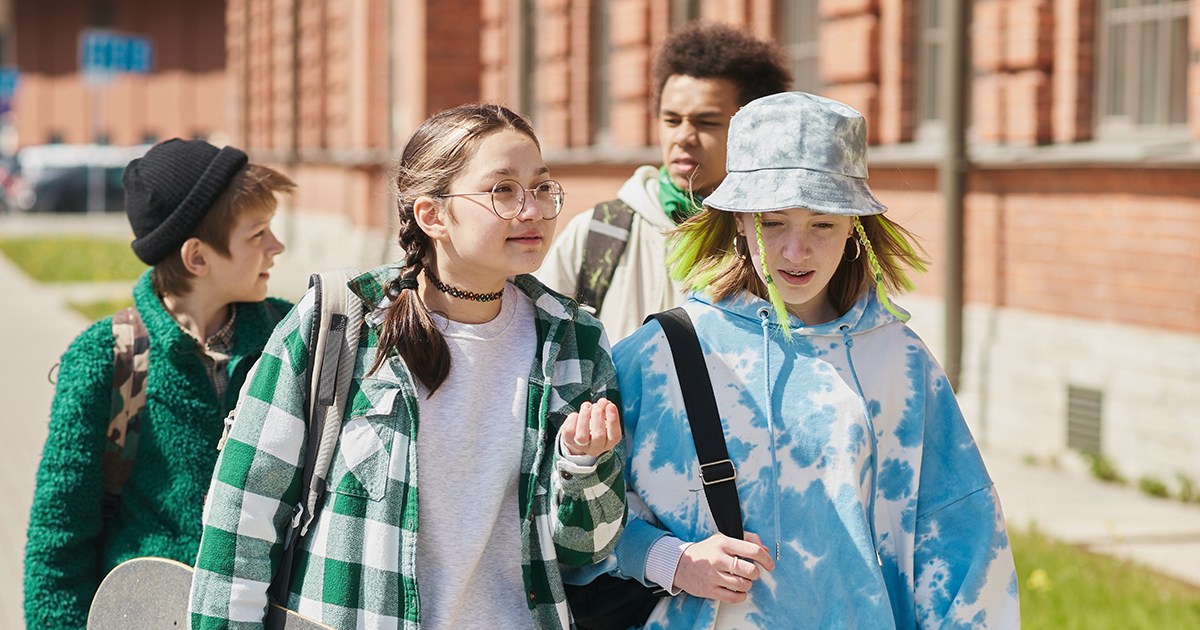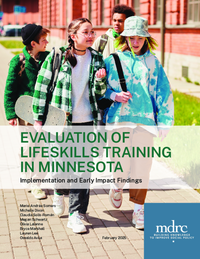LifeSkills Training in Minnesota
Implementation and Early Impact Findings

LifeSkills Training is the only program to prevent substance use disorder among adolescents that has evidence of effects on substance use outcomes from multiple randomized controlled trials. Evaluations have shown that the version for middle school students reduces their use of substances in high school, but these studies were conducted in the mid-1980s and early 1990s, when substance use patterns were very different and when interventions with a social and emotional learning (SEL) component were less common.
MDRC’s Evaluation of LifeSkills Training in Minnesota aims to examine whether these effects can be replicated with today’s adolescents. The study, which began in 2019, is being conducted using a school-level randomized experiment. Interested schools were randomly assigned to a group that was offered LifeSkills Training (the LST group) or to a group that was not offered the program (the non-LST group). Schools assigned to the non-LST group were free to use other prevention strategies or SEL curricula. Students in the study will be followed until the spring of 2027, when they will be nearing the end of high school.
This is the first of two reports for the Minnesota LifeSkills Training evaluation. The purpose of this initial report is to present findings about two factors that influence the measurable effects of the program: (1) whether LifeSkills Training was implemented as intended by schools in the LST group, and (2) whether schools in the non-LST group were using other substance-use-disorder-prevention or SEL-focused programs. Findings include:
- One-fourth of schools in the LST group (25 percent) did not implement the program at all, and only 40 percent implemented all three years of the program. The most cited reason for not implementing the program was staffing challenges related to the COVID-19 pandemic.
- In schools that did implement LifeSkills Training, the curriculum was implemented as intended, but several schools reported that the program was outdated and not engaging for students. Four schools stopped implementing the program because they were dissatisfied with its relevance.
- Most schools in the non-LST group stated that they were providing other classroom-based instruction on the prevention of substance use disorder (70 percent) or the development of social and self-management skills (100 percent).
- As was the case in past studies, LifeSkills Training did not reduce students’ substance use at the end of the first year of the program, nor did it improve students’ knowledge about substance use or their social and self-management skills. Students in the LST group reported fewer negative mental health outcomes and fewer aggressive behaviors than students in the non-LST group, but these differences are not statistically significant.
Taken together, these results suggest that the impact of LifeSkills Training on students’ substance use at the end of high school (to be examined in the next report) could prove smaller in this evaluation than in prior studies of the program. The findings from this study also indicate that the program may have the potential to improve students’ mental health and their aggressive behaviors in high school.







